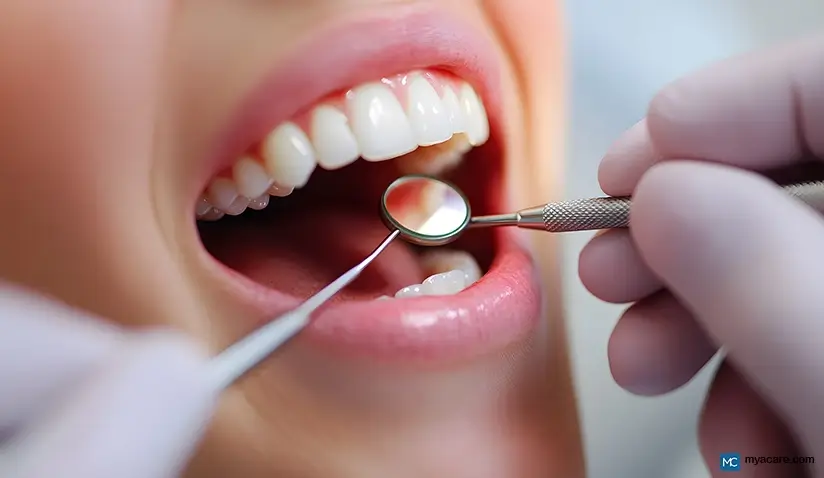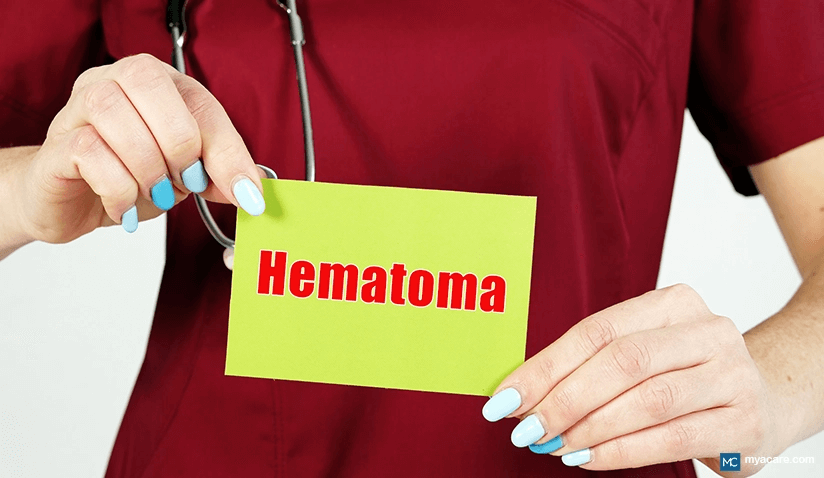Dermatosis Papulosa Nigra: Causes, Symptoms, and Treatment Options

Dermatosis Papulosa Nigra (DPN) is a commonly occurring skin condition that manifests as multiple small, benign skin lesions, usually affecting the face and other areas prone to sun exposure. These colored bumps can vary in appearance and may become more noticeable over time. Although they pose no medical risk, many individuals seek treatment options for cosmetic reasons.
DPN is particularly prevalent among people with darker skin. This includes African American individuals and those of Asian and Polynesian descent. Morgan Freeman is one of the most recognizable public figures with DPN. Due to his prominence, some individuals refer to DPN informally using terms like 'Morgan Freeman moles' or 'Morgan Freeman freckles' when searching for more information. Other well-known personalities, such as Beyoncé, Condoleezza Rice, and Tracee Ellis Ross, also have DPN, which reflects the condition's common occurrence, particularly among individuals with darker skin tones.
What is Dermatosis Papulosa Nigra?
Dermatosis Papulosa Nigra is a benign dermatological disorder characterized by small, darkly pigmented skin growths. These lesions are often mistaken for seborrheic keratoses, moles, or skin tags. However, they have distinct characteristics. DPN is not associated with any systemic disease and does not have malignant potential. Therefore, it is not a precursor to skin cancer.
Symptoms
The first and most distinct symptoms of DPN are the lesions. These appear as dark brown to black papules that are often smooth and round but can become rough over time. They are dome-shaped or flat-topped, sometimes with a warty or rough surface, and typically range from one to five millimeters in diameter.
The lesions usually appear post-puberty. Most frequently on the face, neck, and upper chest, though they can also develop on the back and shoulders.
The condition is otherwise asymptomatic. DPN lesions do not cause itching, discomfort, or pain. However, lesions increase with age and sometimes grow bigger.
There are no particularly severe complications, although the lesions may sometimes become irritated if they are frequently rubbed.
Causes
The exact cause of DPN remains unknown, but several factors contribute to its development. These include:
Genetic Predisposition
DPN runs in families. That means individuals with a family history of DPN are more likely to develop the condition.
Age
DPN lesions are more common in adults, particularly after puberty, with an increasing number of skin growths over time.
Skin Type
The condition predominantly affects dark-skinned individuals, particularly those with Fitzpatrick skin types IV-VI. This suggests that the melanin-producing cells (melanocytes) in darker skin may play a role in forming these small dark papules.
Hormonal changes
The DPN lesions may become more prominent during pregnancy or menopause, suggesting a hormonal influence.
Ethnic and Racial Factors
DPN is more commonly found in those of African, Asian, and Polynesian descent. These populations share similar genetic traits related to skin pigment and follicular development, which may be linked to the higher prevalence of DPN.
Gender
DPN is more frequent in women than men. This may be due to a combination of hormonal influences and genetic factors. Hormonal changes, particularly those occurring during puberty, pregnancy, and menopause, may be linked to the increased prevalence of DPN lesions in women. Estrogen and progesterone fluctuations have been linked to various skin changes, and these hormones may play a role in the development and progression of DPN.
Studies also indicate that women are more likely to seek dermatological care for cosmetic concerns, which may contribute to the higher reported prevalence. There is also a potential link between the increased use of skin-lightening creams among women and the exacerbation of DPN due to reduced UV protection.
Naevoid Developmental Defect
There is a theory that a developmental abnormality of the hair follicle is a possible contributing factor. During early skin formation, certain genetic or structural changes in the follicles may contribute to the formation of DPN lesions later in life.
This theory aligns with the observation that DPN predominantly affects people with darker skin and often runs in families, suggesting a hereditary component.
Diagnosis
A dermatologist typically diagnoses DPN through a visual examination. In most cases, the characteristic appearance of the lesions allows for diagnosis without additional testing. However, sometimes, a skin biopsy may be performed to rule out other skin conditions.
Differential diagnosis is also useful. Answering certain questions helps to differentiate DPN from other conditions with similar symptoms, such as skin tags, seborrheic keratoses, freckles, moles, and warts.
DPN vs. Skin Tags
Although both are benign, DPN lesions are pigmented and typically smaller than skin tags.
DPN vs. Seborrheic Keratoses
DPN lesions are smaller and more common in dark-skinned individuals, while seborrheic keratoses tend to have a waxy or stuck-on appearance.
DPN vs. Freckles
Freckles are flat, lighter in color, and caused by sun exposure, whereas DPN lesions are raised and darker.
DPN vs. Moles
Moles are often larger, may have hair, and can sometimes be a sign of melanoma, whereas DPN is always benign.
DPN vs. Warts
Warts are caused by the human papillomavirus (HPV) and have a rough, irregular texture, whereas DPN lesions are smooth.
Dermatosis Papulosa Nigra Treatment
Since DPN is a benign skin condition, it does not require treatment unless removal is desired for cosmetic reasons. This can be done using non-surgical methods or with medical (cosmetic) procedures:
Non-surgical Methods
-
Skincare and topical treatments
Topical agents such as glycolic acid and salicylic acid can help with exfoliation and may reduce the appearance of DPN lesions over time.
- Siddha management
This is a traditional approach using herbal and natural remedies to treat DPN lesions. Siddha practitioners may recommend herbal treatments, dietary adjustments, and detoxification therapies to reduce DPN lesions and improve skin pigment balance.
Medical and Cosmetic Procedures
-
Cryotherapy (liquid nitrogen)
Liquid nitrogen is used to freeze and remove the lesions.
- Electrocautery
Using electrical current to burn off DPN lesions.
- Laser removal
Various types of laser therapy are used for DPN removal, including YAG laser, pulse dye laser, carbon dioxide (CO2) laser, and KTP and Erbium laser.
- Curettage
Scraping off the lesions with a surgical instrument.
Uses acids to exfoliate and lighten skin pigment.
- Surgical excision
Physically cutting out the lesions with a scalpel.
Post-Treatment Care
The post-procedure healing time varies, and multiple sessions may be required for complete removal.
Aftercare following DPN removal plays an important role in supporting skin healing and reducing the likelihood of complications. In the first 24 hours, it is generally recommended to keep the treated area dry and avoid unnecessary contact. Some clinicians may suggest gently cleansing the area with a mild, non-irritating cleanser and applying a soothing gel, such as an aloe-based or botanical formula, depending on skin sensitivity and practitioner guidance.
Activities that cause sweating, such as exercise or exposure to steam rooms and chlorinated pools, are often discouraged during the initial healing phase. The treated lesions may darken, form scabs, and gradually shed within one to two weeks. Picking or scratching these scabs is best avoided, as it may increase the risk of post-inflammatory pigmentation or scarring.
After the first day, a customized post-care routine may be advised, which can include gentle cleansing, use of non-comedogenic moisturizers, and sun protection. Applying a broad-spectrum sunscreen (SPF 30 or higher) and minimizing sun exposure is typically encouraged to protect healing skin. Some clinicians recommend reapplying sunscreen every 2–3 hours during the day, even when indoors.
Makeup is usually avoided until the scabs have fully resolved. During recovery, it is best to avoid scrubs, thick creams, and heavy ointments, as they can irritate the skin and slow down healing. As always, specific recommendations should be discussed with your treating provider based on your skin type and the treatment used.
Can DPN Be Prevented?
Although DPN cannot be entirely prevented, certain measures may help reduce its severity. Sun protection, for example, reduces the darkening of existing lesions. Avoiding harsh chemicals and practicing gentle skincare is also helpful.
Living With DPN
DPN is a chronic condition, meaning new lesions may appear over time. While the condition is entirely benign, some individuals may experience a decrease in self-confidence. Education on treatment options may help individuals manage their expectations and make informed choices. The efficacy of DPN removal cream is questionable, and myths surrounding home treatments should be addressed.
When to See a Dermatologist?
If you have any concerns about DPN, you should consult a dermatologist. More so if the lesions change in size, shape, or color, or if you are seeking removal for cosmetic reasons. A dermatologist can also confirm the diagnosis and rule out other conditions.
Lately, there have also been some advancements in DPN removal. Namely, there are improved types of laser therapy. Newer laser techniques aim to minimize side effects such as post-inflammatory hyperpigmentation, particularly in people with darker skin.
The Bottom Line
Dermatosis Papulosa Nigra is a common and benign skin condition that primarily affects people with darker skin. DPN lesions are harmless and do not require treatment. However, many individuals seek removal for cosmetic reasons. Consequently, various treatment options are available to safely and effectively reduce or remove skin growths.
Understanding the condition and exploring appropriate care options can help individuals make informed decisions that support their comfort and confidence.
FAQs
Here are the answers to some frequently asked questions about DPN:
- Is it Cancerous or Dangerous?
No, DPN is completely benign and does not pose any health risks.
- Does DPN Get Worse With Age?
Yes, lesions increase with age, and new ones may continue to develop.
- Does DPN Spread?
DPN is not contagious and does not spread from person to person. However, the number of lesions tends to increase naturally over time, especially with age.
- Can DPN Be Removed Permanently?
While DPN may be treated with laser therapy, cryotherapy (liquid nitrogen), or electrocautery, there is no guarantee that new lesions will not develop in the future. Some individuals may require multiple sessions for optimal results.
- Is There Any Home Remedy That Works?
There is no clinically proven at-home treatment for dermatosis papulosa nigra, but mild exfoliants like glycolic acid or salicylic acid may help in some cases. Be cautious when using natural remedies, as some may cause irritation or hyperpigmentation.
- Does Removing DPN Cause Scarring?
Any procedure that removes skin growths carries a risk of scarring or post-inflammatory hyperpigmentation, particularly in people with darker skin. This is why it is essential to consult a dermatologist for safe and effective removal.
To search for the best health providers for dermatology in Croatia, Germany, India, Malaysia, Singapore, Slovakia, Spain, Thailand, Turkey, the UAE, the UK, and the US, please use our free search engine.
To search for the best healthcare providers worldwide, please use the Mya Care search engine.

Dr. Rosmy Barrios is an aesthetic medicine specialist with international work experience. She earned her physician diploma at the Universidad Del Norte’s School of Medicine in Barranquilla, Colombia, and her specialty at John F. Kennedy University in Buenos Aires, Argentina. Dr. Barrios is a member of the Pan-American Aesthetic Medicine Association (PASAM) and the Union Internationale de Médecine Esthétique (UIME). She is an expert health writer with keen interests in aesthetic medicine, regenerative aesthetics, anti-aging, fitness, and nutrition. Currently, Dr. Barrios heads the Regenerative Aesthetics department at a renowned Internal Medicine clinic based in Belgrade, Serbia.
References:
Featured Blogs



